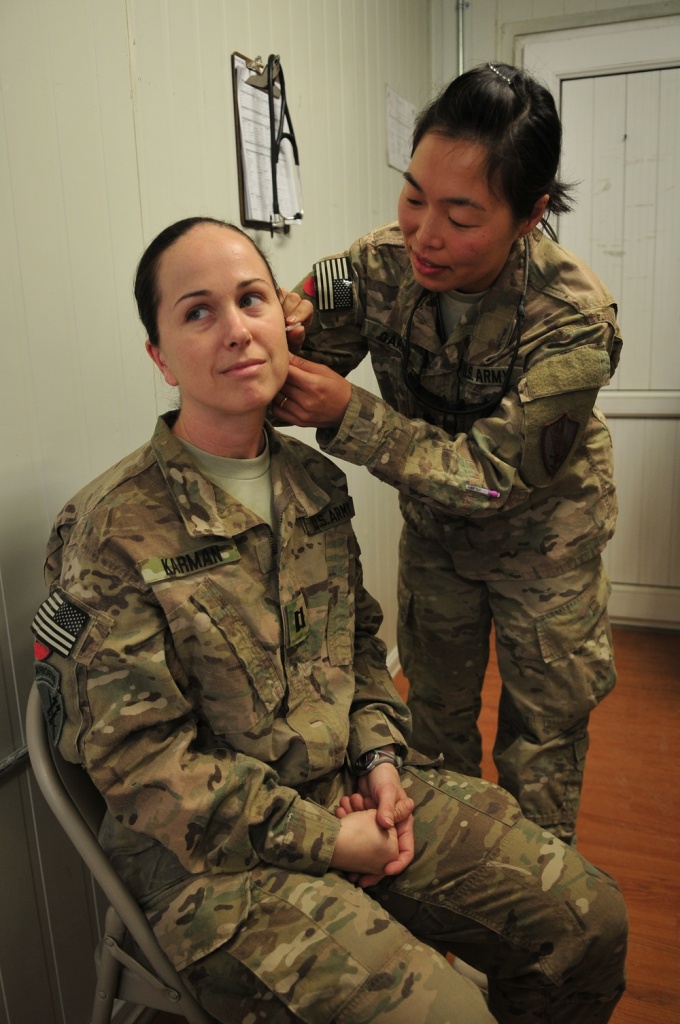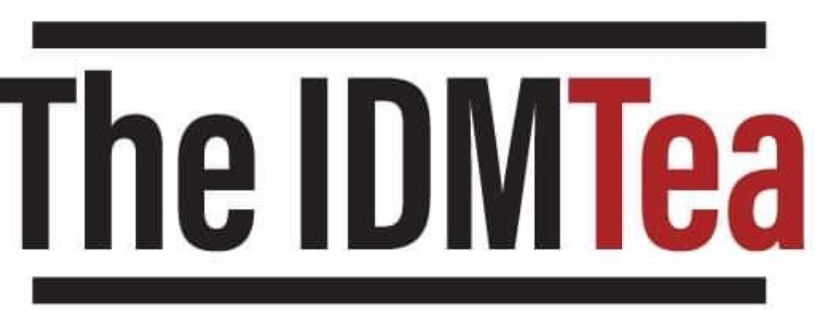By SSgt Katelyn Watson
A headache is one of the most common complaints seen in a clinical setting, yet the approach to the management of this condition can be quite complicated. How can IDMT’s provide adequate medical care to these members at the most basic level of our practice? How can we better assist the patients, our preceptor, and the mission in regards to the management of acute headaches?
Obviously, none of us are neurologists nor do our preceptors except us to be. Without deep diving too much into the science of headaches, I want to reiterate the different clinical features, red flag symptoms, and initial management of non-emergent headache conditions. Since this condition is also considered a blue directive, it is imperative you get the necessary details from your patient to help assist your preceptor.
The clinical features and syndromes can be broken down into several subcategories:
- Primary
- Tension-type
- Trigeminal autonomic headaches
- Migraines

Our protocols cover the different signs and symptoms for these types of headaches. For this article, we are focusing on primary and migraine.
The history of present illness is the single most important factor in the initial workup of a headache diagnosis. More times than not, imaging and blood work are not necessary. The reasons for needing imaging will be discussed below.
A proper history should include the following:
- Age of onset
- Presents or absence of aura
- Frequency/intensity
- Time and mode of onset
- Quality/site of pain
- Associated symptoms
- Family history
- Precipitation/relieving factors
- Response to previous treatments
- Review of current medication
- Changes to vision
- Association with recent trauma
- Changes in daily activities/sleep/lifestyle/work
- Change in birth control (women)
- Home/work environment or environmental factors
- LMP
The mnemonic SNNOOP10 is a reminder of the danger signs (“red flags”) for the presence of serious underlying disorders that can cause acute or subacute headache:
•Systemic symptoms including fever
•Neoplasm history
•Neurologic deficit (including decreased consciousness)
•Onset is sudden abrupt onset
•Older age (onset after age 50 years)
•Pattern change or recent onset of new headache
•Positional headache
•Precipitated by sneezing, coughing, or exercise
•Papilledema
•Progressive headache and atypical presentations
•Pregnancy or puerperium
•Painful eye with autonomic features
•Post-traumatic onset of headache
•Pathology of the immune system such as HIV
•Painkiller (analgesic) overuse (eg, medication overuse headache
Physical Exam:

Accurate blood pressure and pulse
- Going back to our roots, an accurate blood pressure and pulse can determine if this patient is hemodynamically stable. Is this headache a symptom of something more severe, such as a hypertension emergency, high intracranial pressure, or thyroid dysfunction?
Palpation of the head/face/neck/shoulders
- As stated above, a headache can be a symptom of something other than the primary diagnosis. Is this member having a headache from stiffness, injury, or something superficial? Could they have TMJ that is causing secondary symptoms? Do they have sinus pressure?
Visual Acuity
A recurrent headache can be a sign that a patient is in need of prescription glasses. If available, doing a visual acuity could help with your differentials and get you to the right specialties.
Auscultate bruits
Often caused by a condition called arteriosclerosis, a bruit can be a secondary cause to a headache syndrome. Patients may also have other accompanying symptoms such as hypertension or neck pain. Auscultation of a carotid bruit is a quick way to rule out a differential.
Neurological exam
It should go without saying that numbness or weakness associated with a headache should trigger a neurological exam, but why not for every exam? Especially in a patient who present with a migraine headache, doing our neurological exams may help determine potential red flags like red eye syndrome.
Treatment approach

Initial management options for IDMTs:
- Ibuprofen/Naproxen
- Acetaminophen (or combination with NSAID)
- Moderate headaches may respond better with Ketorolac (toradol) at 30mg IM
- Migraine cocktail – This is a common nickname seen often in the Emergency Department. There is many different medications that can be made in a migraine cocktail, however the most common ones involve an IV bolus of prochlorperazine, diphenhydramine, ketorolac, and dexamethasone. This is a great choice if you have access to a cardiac monitor and a treatment room, especially if the patient is not responding well to their typical prescribed headache medications. You will obviously need preceptor guidance on this, but it is good to know of this option.
- Cafergot/triptan – should be saved for members with moderate to severe headaches without relief from NSAIDS/acetaminophen.
- Battlefield Accupuncture. With approval from preceptor
- Behavioral health – If headache is coincided with stress/anxiety.
Prevention:
- Eating at regular times while staying hydrated
- Limiting caffeine, sugar, and tobacco consumption
- Minimize screen time and wearing glasses as prescribed.
- Maintain a regular sleep routine
- Coenzyme Q10. Currently being studied for migraine preventions with positive correlation in recent clinical trials.
- Vitamin B2 – Recent clinical trials found a 50% improvement of recurring headaches when provided 400mg a day for three months
- Magnesium –Mixed results in clinical trial but may be suggested by senior preceptors. This can often cause GI discomfort, so it is best to warn the patient of side effects if this is suggested by preceptor.
Sources:
Gupta, S., Oosthuizen, R., & Pulfrey, S. (2014). Treatment of acute migraine in the emergency department. Canadian family physician Medecin de famille canadien, 60(1), 47–49.

